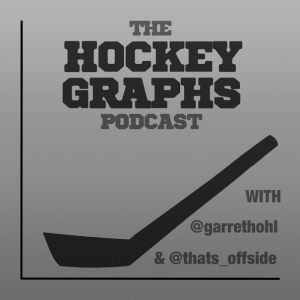
Photo by user “Arnold C,” via Wikimedia Commons; altered by author
The Columbus Blue Jackets made a bold move today, firing their coach of 3 1/2 seasons Todd Richards in favor of noted firebrand and Brandon Dubinsky fan John Tortorella. The move, riding the coattails of a 0-7 start for the Jackets, was done unusually early in the season, so unusually I decided to spill a little ink on it.
Around the same time I was rounding up the data, the esteemed (Buffalo Baseball Hall of Fame!) Sabres writer and analytics pot-shotter Mike Harrington decided now was the time to defend a decision that made little sense, about a team he doesn’t write about. It started with a reasonable tweet from Friend of the Blog Micah Blake McCurdy:
So at 5v5 Columbus have faced 96% goaltending and their own goalies have posted 86%. Fire the coach.
— Micah Blake McCurdy (@IneffectiveMath) October 21, 2015
At which point Harrington followed:
Yes. They’re 0-7. Those are the numbers that count. You fire the coach. https://t.co/fj68KvufO2 — Mike Harrington (@BNHarrington) October 21, 2015
Alright, Mike, let’s take a look at the “numbers that count,” according to you. There’s a fun history here.









